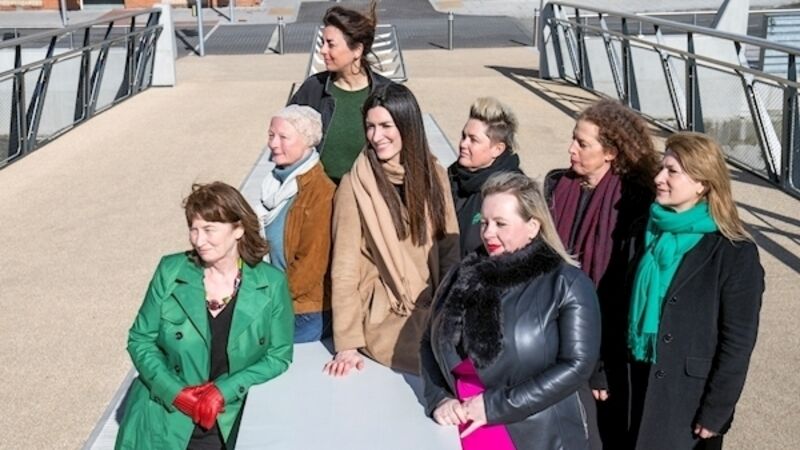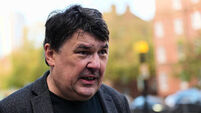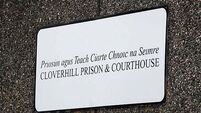Thu, 05 Mar, 2020 - 19:00
Ellie O'Byrne
Mary McCarthy
CONNECT WITH US TODAY
Be the first to know the latest news and updates
CourtsArts Film & TVIWD2020Place: CorkPlace: SkibbereenPlace: New YorkPlace: SaharaPlace: IndiaPlace: EuropePlace: EcuadorPlace: LondonPlace: Bush TheatrePlace: IrelandPlace: DublinPlace: West CorkPerson: Ellie O’ByrnePerson: Mary McCarthyPerson: CrawfordPerson: Julie KelleherPerson: Fiona ClarkPerson: Joy ClarkPerson: Ann DavorenEvent: Dublin Theatre FestivalEvent: Cork InternationalFilm FestivalEvent: Cork International Film FestivalOrganisation: Crawford Art GalleryOrganisation: Cork Capital of CultureOrganisation: Dublin Docklands Development AuthorityOrganisation: Irish Museum of Modern ArtOrganisation: IMMAOrganisation: National Sculpture FactoryOrganisation: Arts CouncilOrganisation: UCCOrganisation: MeridianOrganisation: PlaygroupOrganisation: National Campaign For the ArtsOrganisation: Bristol UniversityOrganisation: Irish Film InstituteOrganisation: Uillinn West Cork Arts Centre












